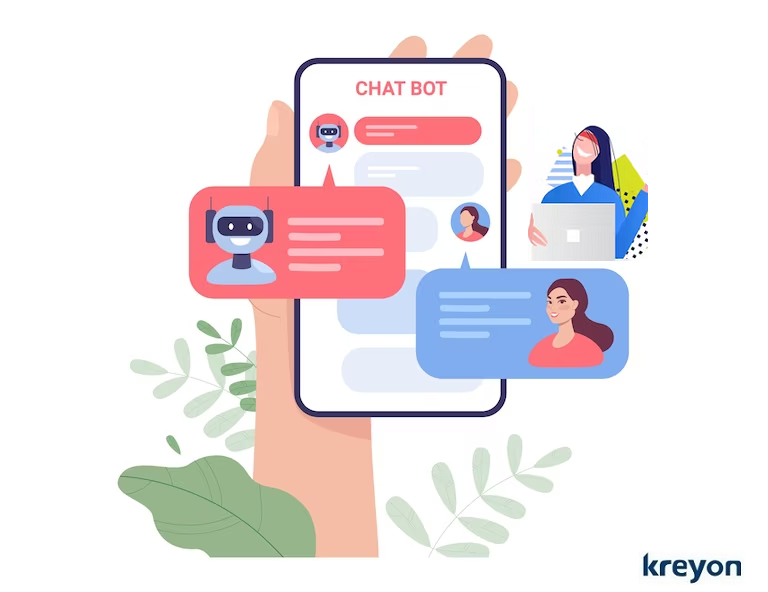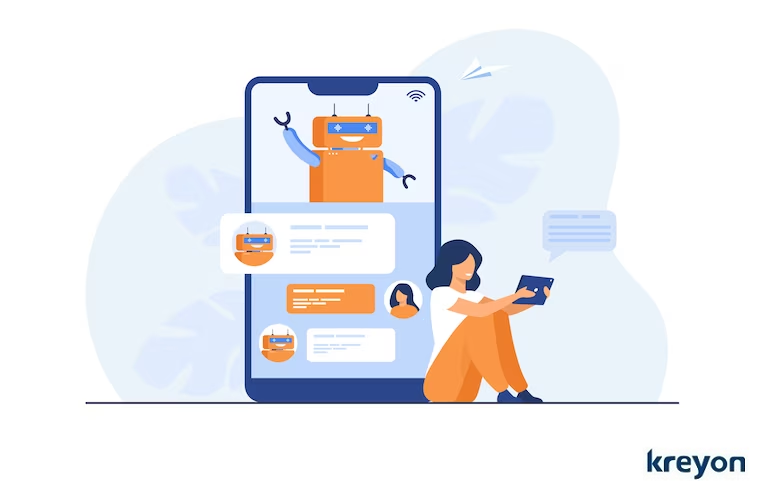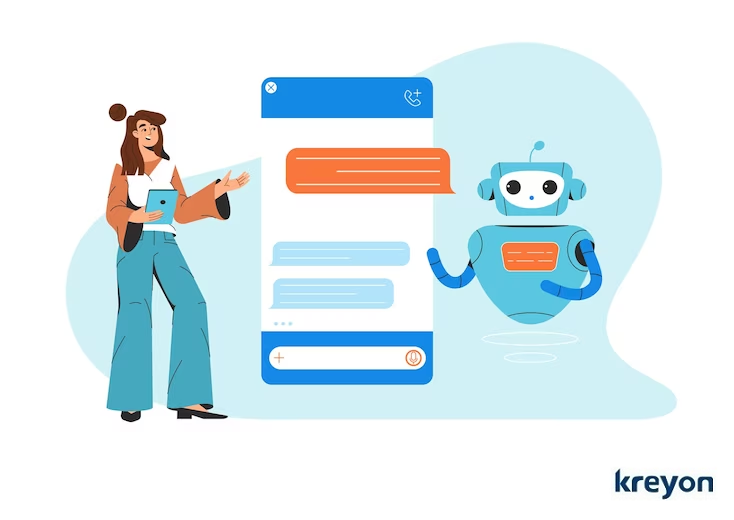Unlocking the Power of Chatbots: A Guide to Developing Intelligent Conversational Agents with Large Language Models

In recent years, chatbots have emerged as powerful tools for businesses to enhance customer experiences, automate tasks, and streamline communication. With advancements in large language models like GPT-4, developers now have access to sophisticated natural language processing capabilities that enable the creation of intelligent and context-aware chatbot applications.
In this article, we will delve into the process of chatbot development using large language models, unlocking their potential to deliver effective and engaging conversational experiences.
Define the Purpose and Scope
Before embarking on chatbot development, it is crucial to define the purpose and scope of your conversational agent. Clearly identify the specific tasks it will perform and the problems it will solve.
Whether it’s providing customer support, delivering personalized recommendations, or assisting with information retrieval, a well-defined purpose sets the foundation for the development process.
Some of the key concerns for defining the scope of chatbot are as follows:
Objectives: Determine the main goal or objective the chatbot will fulfill, such as customer support, FAQs, lead generation, or task automation.
Target Audience: Identify the specific group of users who will interact with the chatbot. Consider demographics, language preferences, and any unique characteristics of the audience.
Tasks: Define the specific tasks or functions the chatbot will perform to accomplish its purpose. Examples may include answering FAQs, providing recommendations, generating reports, or assisting with transactions.
Deployment: Determine where the chatbot will be available to the users, such as websites, messaging apps, social media platforms, or voice assistants etc. Consider the specific requirements & limitations of each channel.
Data Sources: Identify the data sources available to the chatbot, such as customer databases, product information, or support ticket logs. Consider how the chatbot can leverage this data to enhance its capabilities.
Select the Right Large Language Model

Choosing the appropriate large language model is a critical decision in building a successful chatbot. Models like GPT-3 offer immense language processing capabilities, but consider factors such as model size, availability, and integration options. Evaluate the model’s performance on relevant benchmarks and ensure it aligns with your application’s requirements.
Evaluate the availability and accessibility of the language model. Some models may have restrictions or limitations on access, while others may be readily available for commercial use.
Design the Conversation Flow
Designing an effective conversation flow is essential for creating engaging and intuitive chatbot experiences. Identify user intents and define the corresponding responses from the chatbot. Consider potential user scenarios and determine how the chatbot will handle them, ensuring a smooth and contextually relevant conversation.
Take for e.g. a financial chatbot can be used for answering queries like, profit & loss statements for the month, quarter, year etc. It could list out all pending payables, receivables & explore profitable avenues for companies based on deep learning of company’s financial data.
Gather and Prepare Training Data

Training data plays a pivotal role in developing language model-based chatbots. Collect conversational data, customer interactions, support tickets, and other relevant sources to create a diverse training dataset. Preprocess the data, removing noise, ensuring proper formatting, and anonymizing sensitive information if necessary.
Identify the sources from which you can gather the required data. This may involve accessing your organization’s databases, customer service records, chat transcripts, or publicly available datasets.
Fine-tune the Language Model
To tailor the large language model to your specific chatbot application, fine-tuning is required. Fine-tuning involves training the model on your dataset, allowing it to adapt to your domain and improve its performance.
Fine-tuning parameters such as learning rate, batch size, and optimization algorithms play a vital role in achieving optimal results.
Pay attention to biases that may exist in your training data. Ensure that the data is balanced and represents different user groups and scenarios. Take measures to mitigate any biases to ensure fair and inclusive chatbot interactions.
Implement the Chatbot Application
The implementation phase involves developing the frontend and backend components of your chatbot application. Create user interfaces that facilitate seamless interactions, integrate the trained language model into the backend, and establish communication channels such as APIs or webhooks to enable real-time conversations.
Perform quality assurance checks on the training data. Review a sample of the data to ensure it aligns with your chatbot’s objectives and that the annotations, labels, or metadata are accurate and consistent.
Test, Iterate, and Refine

Thorough testing is essential to ensure the functionality, accuracy, and user-friendliness of your chatbot application. Test the chatbot with a wide range of user inputs, evaluate its responses, and collect feedback. Iterate on your design and implementation based on user insights and observed performance, continually refining the chatbot’s capabilities.
The accuracy & learning capabilities of the model can be improved with subsequent iterations & user feedback. Monitor user conversations, chatbot performance, gather user feedback, and make necessary adjustments to improve the chatbot’s effectiveness over time.
Deploy, Monitor, and Maintain
Once your chatbot application is ready, deploy it on your desired platforms or channels, such as websites, messaging apps, or voice assistants. Monitor its performance, gather user feedback, and analyze usage patterns.
Maintain and update your chatbot regularly to adapt to changing user needs, fix issues, and leverage advancements in language models.
Conclusion:
Developing chatbots using large language models empowers businesses to create intelligent conversational agents capable of delivering personalized and context-aware experiences.
By defining purpose, selecting the right model, designing effective conversation flows, and following a structured development process, developers can unlock the potential of chatbots to enhance customer engagement and streamline operations.
As the field of natural language processing evolves, chatbots will continue to play a vital role in transforming the way businesses interact with their customers, providing efficient and delightful conversational experiences.
Kreyon Systems develops innovative chatbot applications customized for your industry. If you have any queries or need assistance for enterprise software products and apps, please get in touch with us.
